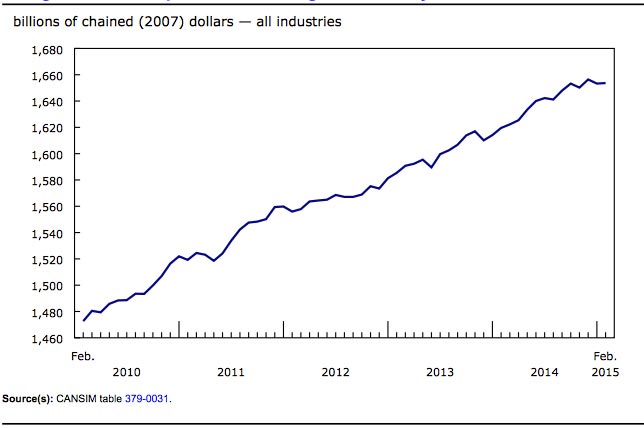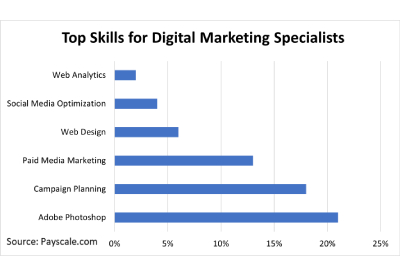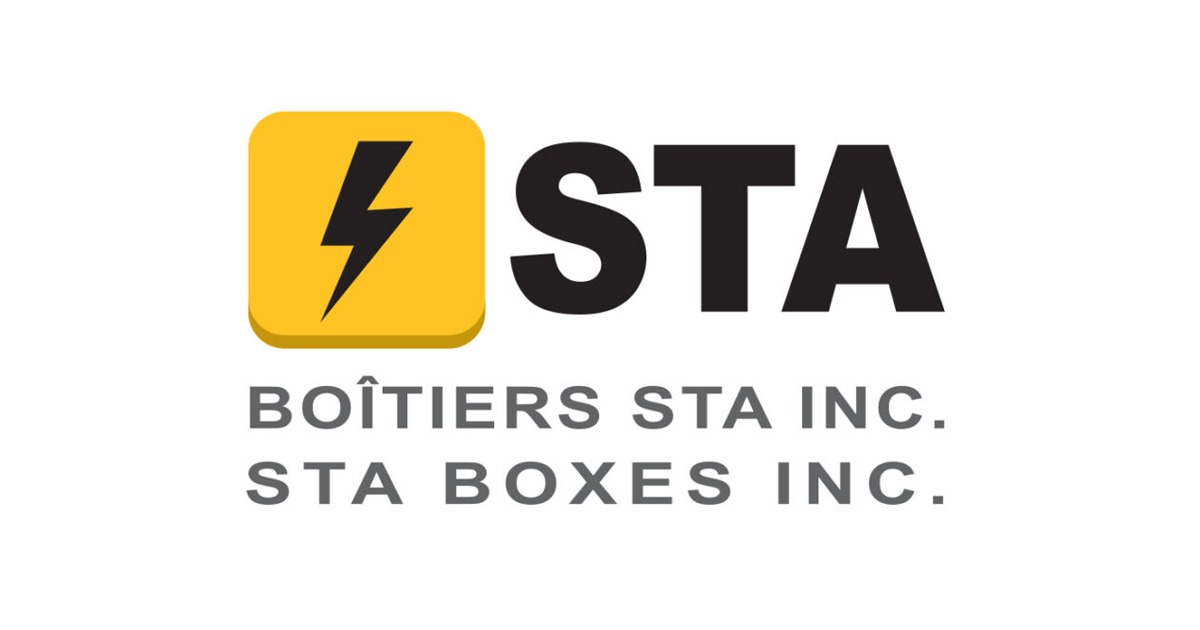Agility: The Customer Landscape

Feb 16 2016
Rick McCarten
In my last article, I compared famous battles with the concept of agility. Continuing in this same vein, the landscape of a battle has always been a huge element of the success of battles.
The most famous example of this is the Spartans’ battle against the Persians at Thermopylae. The Spartans forced the vastly-outnumbered Persians to fight in a narrow passage during this battle, thereby reducing the number of actual fighting soldiers in the confined space. The Spartan held off fighting man-to-man, until they got tired, which gave the rest of Greece time to prepare.
The value of a small, limited fighting space for a smaller army is that it limits the larger army from outflanking them (going around them and coming at them from the side or the back).
A business example of this would be job product specifications and vendor-managed inventory contracts. Outflanking your opponent is probably the number one battle and business strategy.
Another example of the battle landscape strategy is the slope of the land. Forcing the enemy to battle uphill has long been a strategy in ancient warfare. Armies that faced each other could “dance” around the countryside for days trying to put the opponent on the wrong end of the slope.
Fighting uphill is only one disadvantage; other factors may take precedence. Some armies have actually used the appearance of a disadvantaged slope to entice the enemy to attack, creating a false sense of superiority that exposes the weaker side. Mongol warriors were well known for this. They would entice European knights to fight, then retreated with the heavy-armoured knights following in close pursuit. When the knights and their horses were tired, the full Mongols’ force came out of hiding and surrounded them.
A business example of this might be to convince a competitor to go after a large contract that will keep them busy while you follow up on more lucrative jobs elsewhere.
Carl von Clausewitz, one of the most famous military theorists, said to win at war you simply have to have more power than your opponent at the time of impact. Smaller forces that concentrate their strength at the right time and place can defeat larger opponents. Larger armies that try to do everything for everybody often spread themselves too thin. Large or small, it all boils down to strategy placement on a known landscape.
Understanding the customer landscape is even more important in a volatile environment. For instance, in 1274, Kublai Khan’s troops landed in Japan. After three land victories, where their horse and bow strategies defeated the Japanese swords, they were hit with a typhoon that forced the army back out to sea. The smaller and more seaworthy Japanese fleet was able to remain intact and used the Japanese samurai, better suited to fight on board ship in close contact, to defeat the Mongols.
The customer landscape can be just as prone to weather. In the 1990s, the American pharmaceutical wholesale industry saw a dramatic turn in its customer base. New legislation made the customer transform quickly to larger dominant customers. Within less than 10 years, the supply chain reacted. All local and regional distributors were purchased, amalgamated or out of business to align with the customer landscape.
This year, Electro-Federation Canada (EFC) is focusing a research study on the electrical contractor; this group represents approximately 40% of our industry’s customer base. The research study will point out predicted changes facing customers for the next four to five years. Preliminary findings point to some major changes. The report will be presented at this year’s EFC Conference in Halifax on June 2. and be made available to all members following the conference.
All in all, this report will help you determine your position and build an agile, winning business strategy in an ever-changing landscape.
Rick McCarten is VP, Operations, Electro-Federation Canada.
Read more in Canadian Electrical Wholesaler by Rick McCarten
Should Distributors Sell Robots?
Agility: Knowing Your Competition
The Big Picture
Could our Industry Lose the Lighting Market?
Adapting to the Future with Young Talent
If Your Customers Can See More, You Might Want to Help Them See Even Further
Health and Sciences Could take a Lesson from the Electrical Industry
Change is About to Hit Our Industry
Challenges of the Digital Age
Agility: The Customer Landscape
Agility is the New Lean: Alexander Defeats the Persians
Agility is the New Lean
The Gap Between “Us” and “Them”
Our Industry Needs to Help Canada Skate to Where the Puck is











